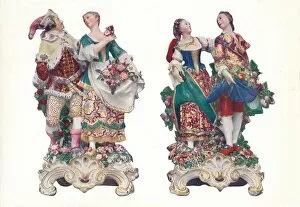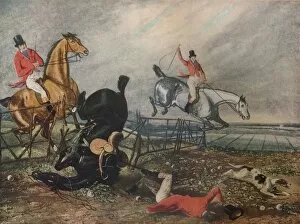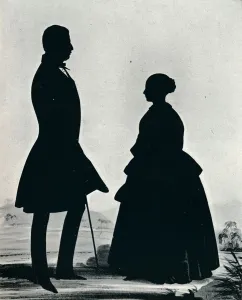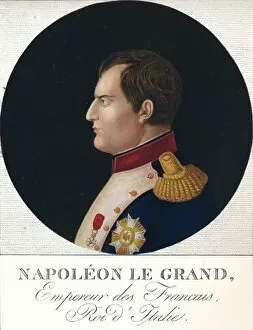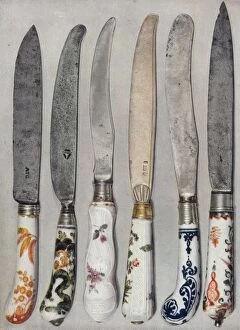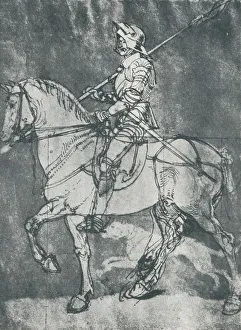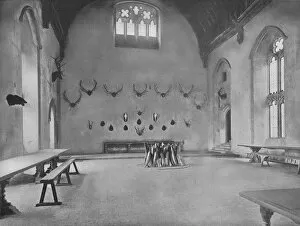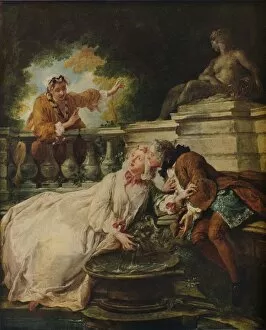Otto Collection (page 9)
"Otto: A Name Steeped in History and Legacy" From Bismarck to the Goring Hotel, it has left its mark on various facets of society
All Professionally Made to Order for Quick Shipping
"Otto: A Name Steeped in History and Legacy" From Bismarck to the Goring Hotel, it has left its mark on various facets of society. Starting with Bismarck, known as the Iron Chancellor, Otto von Bismarck was a prominent figure in German history. His political prowess and strategic mind led to the unification of Germany in 1871. Like a blacksmith shaping iron, he molded his nation into a formidable force. In London's prestigious Goring Hotel, one can imagine the elegance that surrounded Archduke Otto Habsburg during his stay. This regal establishment hosted many distinguished guests throughout history. Speaking of Ottos who made their mark internationally, we cannot forget about Otto Klemperer - an influential German conductor and composer whose talent transcended time. His undated photograph captures his passion for music that still resonates today. Traveling back to 1870s Germany, we find ourselves amidst the Lilienthal brothers' groundbreaking experiments in aviation. The daring Otto Lilienthal took flight like no other before him, paving the way for modern air travel. Shifting gears from airborne adventures to maritime exploits brings us to another notable figure named Otto - Otto Kretschmer. Known as "Silent Hunter, " this World War II U-boat commander achieved remarkable success against Allied forces while remaining elusive beneath the waves. The name "Otto" also holds significance within engineering circles thanks to Nikolaus August Otto and Eugen Langen's invention - the gas-engine and Langen. Their engraving showcases their revolutionary creation that powered countless machines across industries. Stepping away from historical figures bearing this name leads us towards artistry embodied by Lady Hamilton as she portrayed the Goddess of Health in George Romney's masterpiece dating back to 1790 but recreated in 1920. Her beauty immortalized through art stands testament to her timeless allure.


